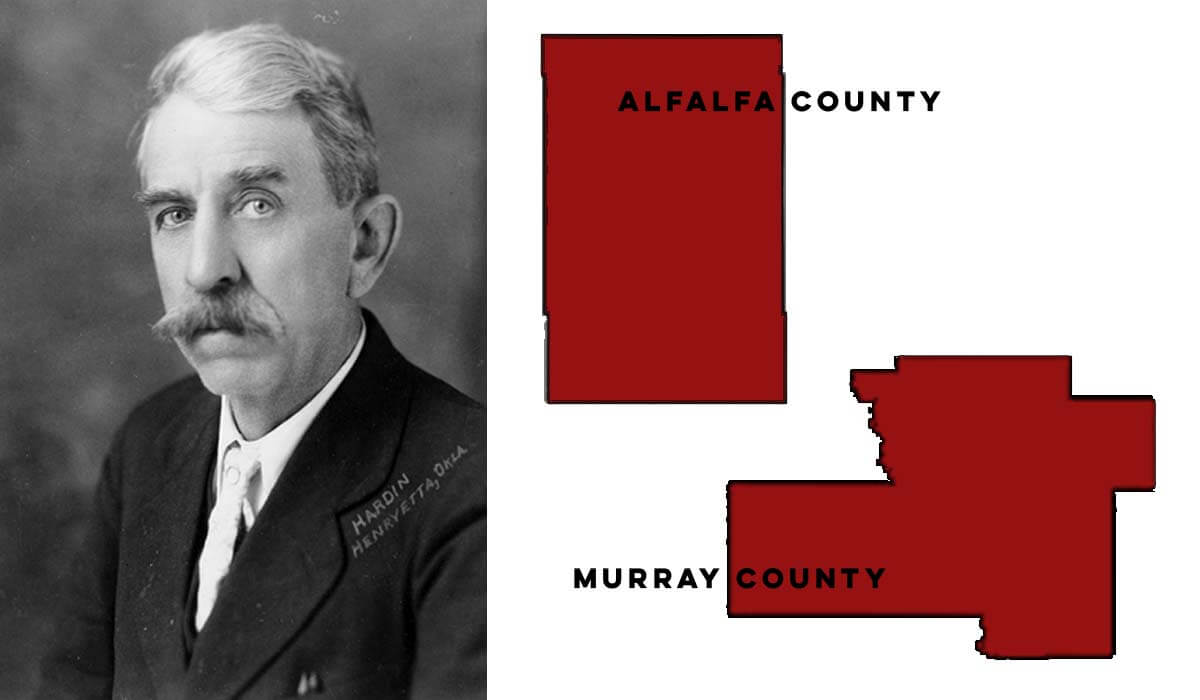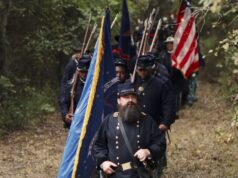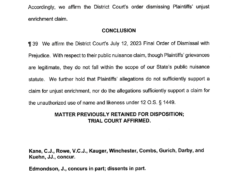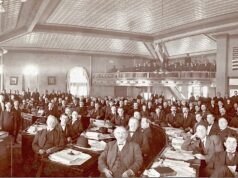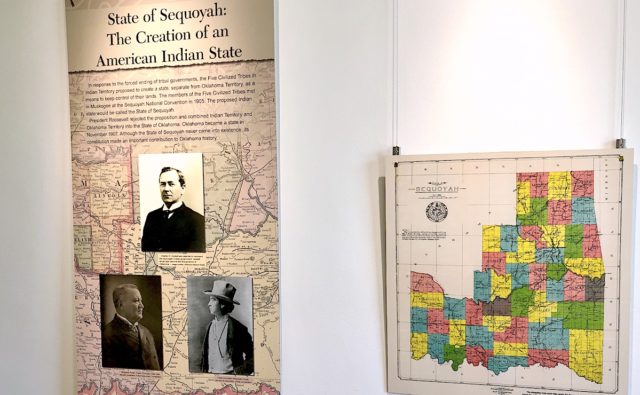
Having taught Oklahoma history at the university level for the better part of four decades, I am quite happy to be retired. Were I still at it, some critic might take the opportunity to call me “woke” and raise holy hell about it.
Fact is, you shouldn’t try teaching the history of our fair state unless you are “woke” from the outset. I don’t mean “woke” in the derogatory sense advanced by, oh, certain politicians and TV pundits. Indeed, a better word might be “informed,” which many teachers of state history certainly are not.
Semester after semester, I lectured on the particulars of the Indian Removal Act, the formal U.S. federal policy that pushed Indigenous tribes from the Southeast to an area labeled on maps as The Great American Desert. Often, after class, I would be approached by students who would say something like, “Indian removal was horrible. How come I have never heard of it before?” Such students were always graduates of Oklahoma high schools, where instruction in state history is required.
I sought insight from educators and administrators and was told that, in Oklahoma, athletic coaches taught many, if not most, of the state history classes. It seemed then (although I do not know about the present situation) that coaches typically could not be hired merely to coach. They had to teach something. History was “easy” for coaches because, even with no preparation in their own education, all they had to do was “stay one chapter ahead in the textbook, and they’d know more than the kids do.”
For several semesters thereafter, I would begin my university classes by asking for all who had taken Oklahoma history in high school to raise their hands. Then came the next question: How many of you were taught Oklahoma history by someone whose first name was “Coach”? The same hands were raised.
Unhappy history and other unpleasantness
I’d not tar all high school coaches with the same brush, as many are good teachers. But the ones teaching “happy history” should be reassigned. One does not explain the Indian Removal Act by ignoring it and the lingering impact it has today on Oklahoma’s numerous tribal communities. We reside in a state that was in an area first designated as a death camp for Indigenous people forced from their eastern homelands. Grins and giggles, huh?
Toss in 1921 Tulsa and see what happens. The Tulsa Race Massacre (née Riot) is an unpleasantness that may lead to complaints about critical race theory from concerned conservative parents. Nevertheless, it is a part of state history and must be taught, like it or not.
RELATED
History is clear: Alfalfa Bill Murray was a terrible bigot by William W. Savage Jr.
The biggest historical bugaboo, however, is the Great Depression (1929-1941), which introduces all sorts of unpleasantness: the Dust Bowl, John Steinbeck and his Okies, and, of course, Woody Guthrie. Most such stuff used not to be found in Oklahoma history texts unless you know the gubernatorial administration(s) to consult. (Oops! That might remind people of Gov. Alfalfa Bill Murray, another unpleasantness.)
One author of such a textbook defended omitting the Great Depression by saying, “It was just a phase we went through.” (See Oklahoma Monthly, March 1981, if you can find it. Dan Williams wrote an article about the good old bad old days.)
I could continue, but that would only raise my blood pressure. So go ahead. Call me “woke.”
No, on second thought, I prefer “aware.”
“Wokeness” in the history classroom might be damned by former Vice President Mike Pence as an example of “liberal excess and overreach in our education system.”
Yeah. And Woody Guthrie was a dirty commie.










